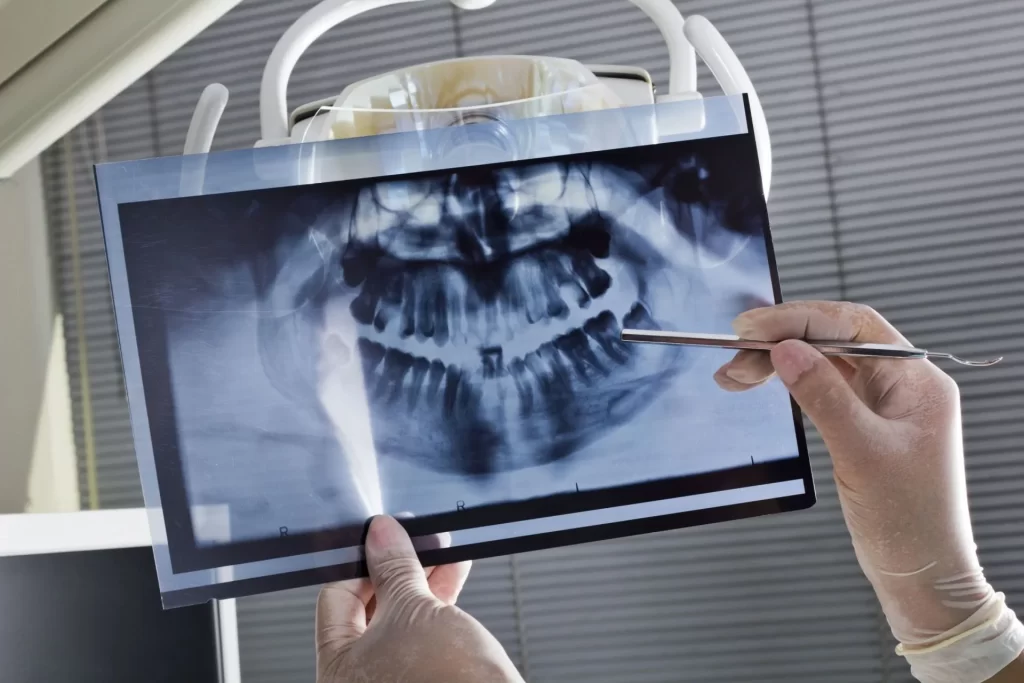The medical field is constantly evolving, and one of the most transformative advancements in recent years is the shift from traditional film-based imaging to digital X-ray technology. This transition has not only accelerated the diagnostic process but also improved accuracy, safety, and efficiency across healthcare facilities. Central to this change is the growing emphasis on X-ray Compliance Inspections, which ensure these technologies are used safely and effectively.
In this article, we will discuss how digital X-rays are changing diagnostic procedures and the reasons behind the need of routine Radiology Equipment Inspections in preserving compliance and quality.
What Are Digital X-Rays?
Digital X-rays, sometimes known as digital radiography, directly save radiographic images straight on a computer using electronic sensors. Digital X-rays give immediate findings unlike conventional X-ray techniques depending on chemical film processing, so enabling faster diagnosis and treatment planning.
Driven by their cost-effectiveness and efficiency, digital X-ray equipment are now extensively used in hospitals, diagnostic centers, even mobile imaging units.
The Diagnostic Advantage of Digital Radiography
1. Faster Image Processing
Digital X-rays offer among its most important advantages the speed of image acquisition. High-quality images can be seen by clinicians in a matter of seconds, therefore drastically lowering wait times and enabling quick decisions in life-threatening conditions.
2. Higher Image Accuracy
Better contrast and resolution provided by digital radiography help to increase soft tissue, bone, and organ visibility. Less repeat exposures, more accurate diagnosis, and less diagnostic mistakes follow from this.
3. Lower Radiation Doses
Because modern digital systems are more sensitive than conventional film, less radiation is required to generate a crisp image. In pediatrics, orthopedics, and dental work—where reducing radiation exposure is crucial—this is especially crucial.
The Role of X-Ray Compliance Inspections
Ensuring safety and compliance through X-ray compliance inspections becomes increasingly vital as digital X-rays proliferate. These tests are carried out to confirm that imaging equipment satisfies radiation safety, performance, and calibration requirements.
Why Are Compliance Inspections Necessary?
- To ensure consistent image quality
- To confirm that radiation levels are within permissible limits
- To prevent malfunction and reduce patient exposure
- To meet local, state, and federal healthcare regulations
Standard X-ray Many jurisdictions mandate compliance inspections, which have to be routinely recorded and examined. Ignoring these inspections could have legal consequences, fines, or perhaps even temporary closures for facilities.
Radiology Equipment Inspections: A Key to Quality Assurance
While compliance inspections focus on safety and regulatory adherence, Radiology Equipment Inspections delve deeper into the operational efficiency and integrity of the imaging machines themselves. These inspections evaluate factors such as:
- Equipment calibration
- Detector sensitivity
- Image uniformity
- Software updates
- Mechanical wear and tear
Frequent radiology equipment inspections guarantee continuous patient service and help to extend the lifetime of costly diagnostic tools.
Digital X-Rays and Their Broader Impact on Healthcare
1. Streamlined Workflow
Faster data sharing between departments, experts, and even across institutions is made possible by digital systems smoothly interacting with Electronic Medical Records (EMRs). This helps to lower testing redundancy and encourages teamwork.
2. Improved Patient Experience
Patients gain from shorter appointment times, less radiation exposure, and speedier service. Digital imaging also removes the requirement for actual film, which facilitates record retrieval and sharing as needed.
3. Environmental Benefits
Furthermore, lessening the environmental impact of radiology departments is the shift to digital. Healthcare facilities are cutting waste and saving resources without chemical processing or film storage needed.
Common Challenges and the Need for Oversight
Digital radiography has certain difficulties even if its advantages are clear. Diagnostic integrity may be compromised by problems including data corruption, equipment drift, or software bugs. This emphasizes as continuous quality control actions the need of X-ray compliance inspections and radiology equipment inspections.
Overcoming these obstacles and preserving a high degree of care depend mostly on regular audits, preventive maintenance, and technician training.
The Future of Diagnostic Imaging
With artificial intelligence (AI) included into radiography analysis, the future seems even more bright. AI can improve image interpretation, find abnormalities faster than the human eye, and even give top priority for urgent attention for important discoveries. Still, the success of artificial intelligence depends on the integrity of the data and the dependability of the hardware, underlining the need for frequent X-ray compliance inspections.
Conclusion
Given speed, accuracy, and better patient outcomes, digital X-rays have surely transformed medical diagnostics. enormous invention does, however, also come with enormous obligation. To maintain safety standards and maximize the use of modern imaging technology, facilities have to promise consistent X-ray Compliance Inspections and exhaustive Radiology Equipment Inspections.
In a healthcare environment that demands efficiency and precision, digital X-ray technology — when properly managed — is a cornerstone of modern medicine.
FAQs
1. What are X-ray Compliance Inspections?
X-ray Compliance Inspections are routine evaluations performed to ensure that digital radiography equipment adheres to safety, radiation, and performance standards set by regulatory authorities.
2. How often should radiology equipment be inspected?
Most guidelines recommend annual inspections, though frequency may vary based on state laws, equipment usage, and manufacturer recommendations.
3. Can digital X-rays be stored long-term?
Yes, digital X-rays are stored electronically and can be archived indefinitely, making them easy to retrieve for future reference or comparison.
4. Is digital X-ray safer than traditional X-ray?
Yes, digital X-ray generally exposes patients to significantly lower levels of radiation compared to traditional film-based X-ray systems.
5. Who is responsible for conducting X-ray Compliance Inspections?
Qualified radiological physicists or certified imaging specialists typically perform these inspections to ensure compliance with state and federal regulations.




